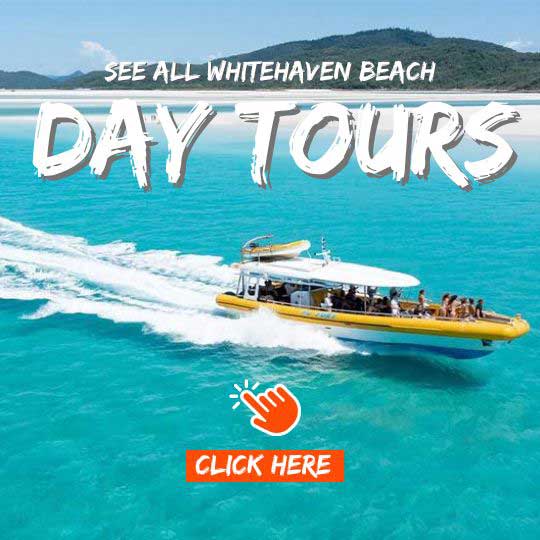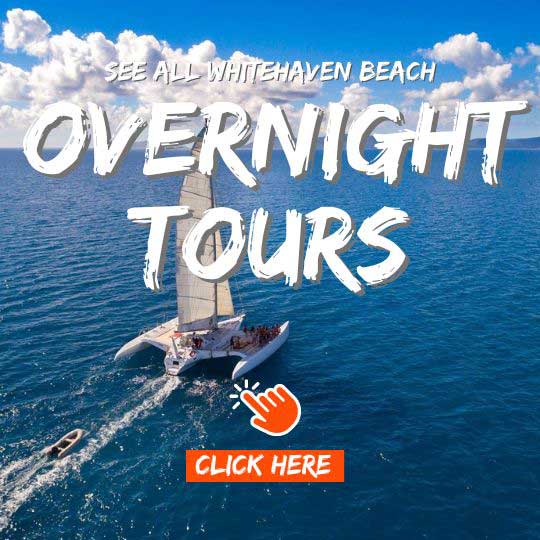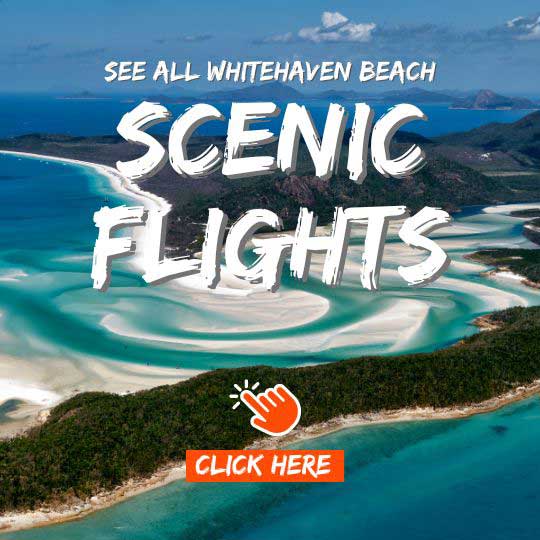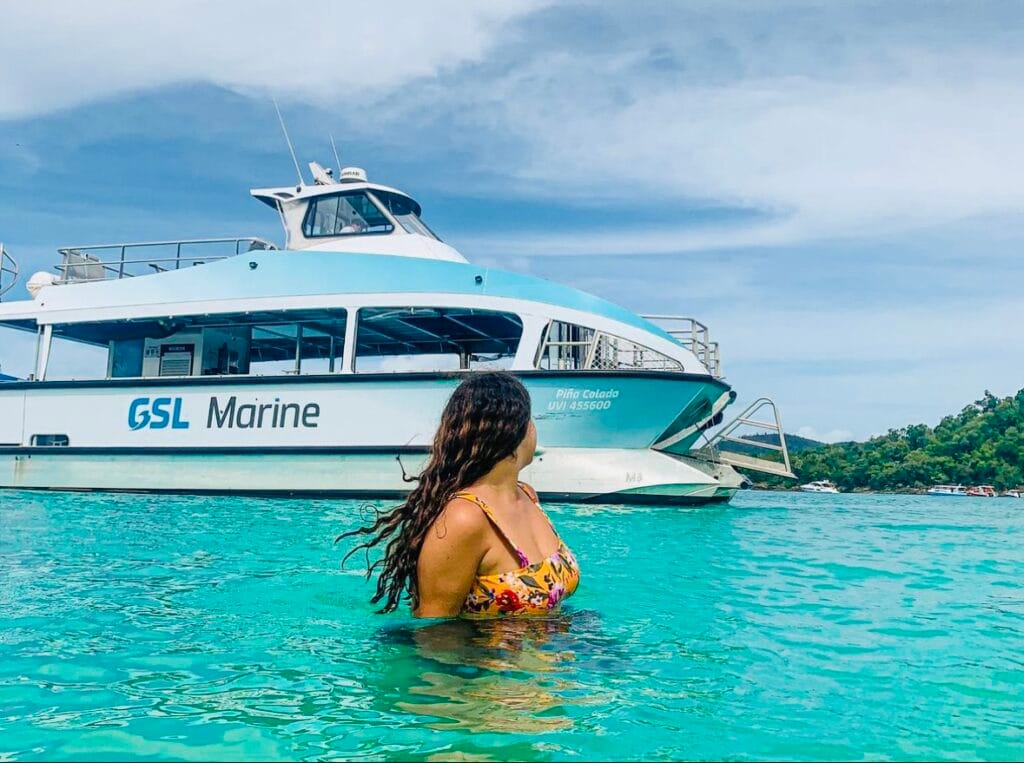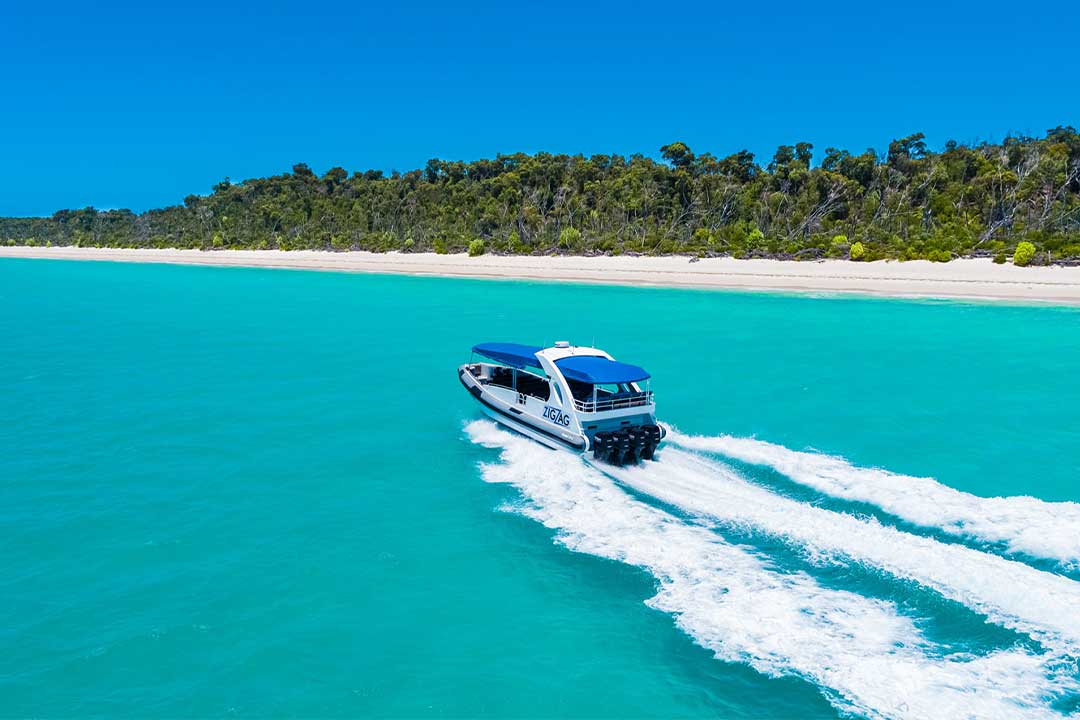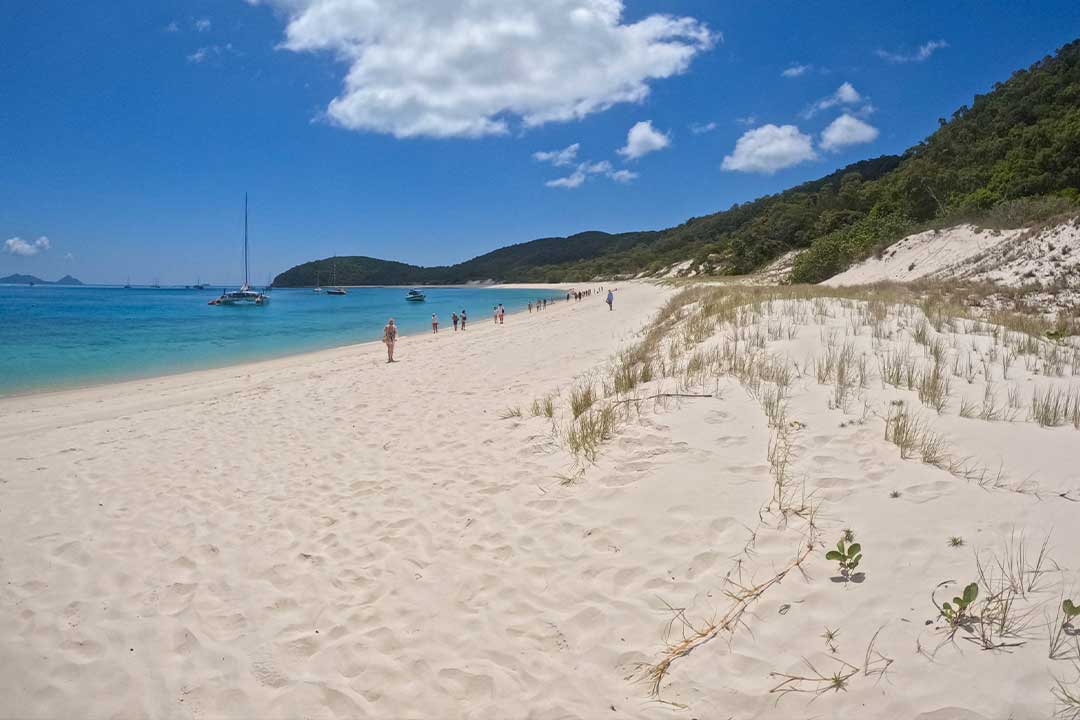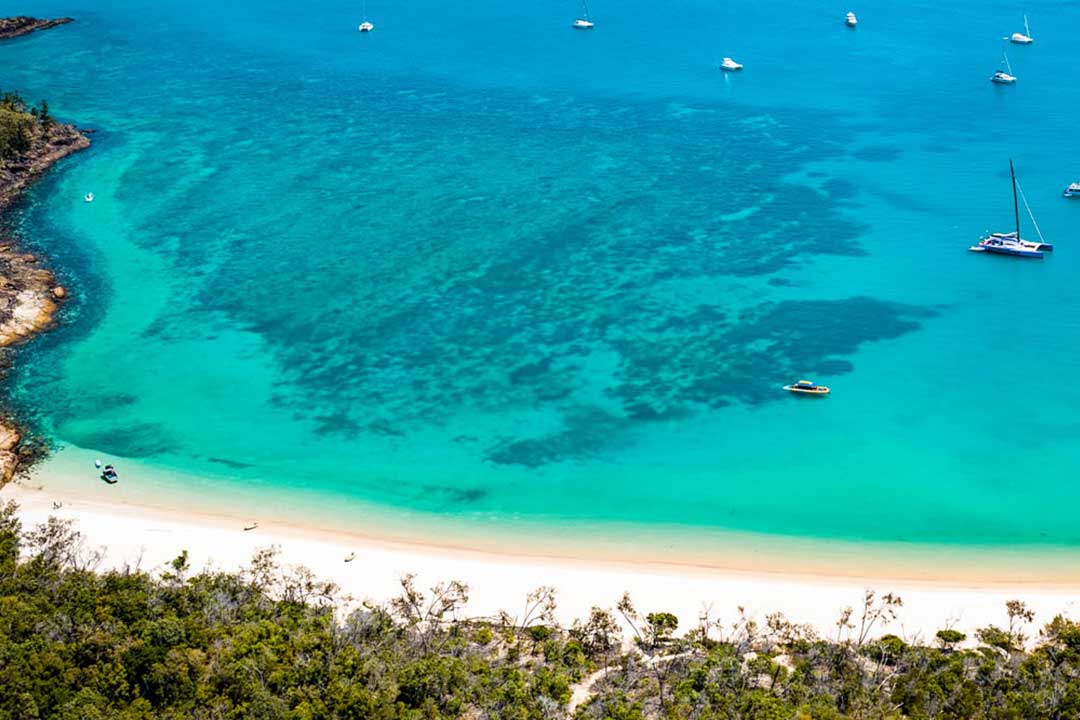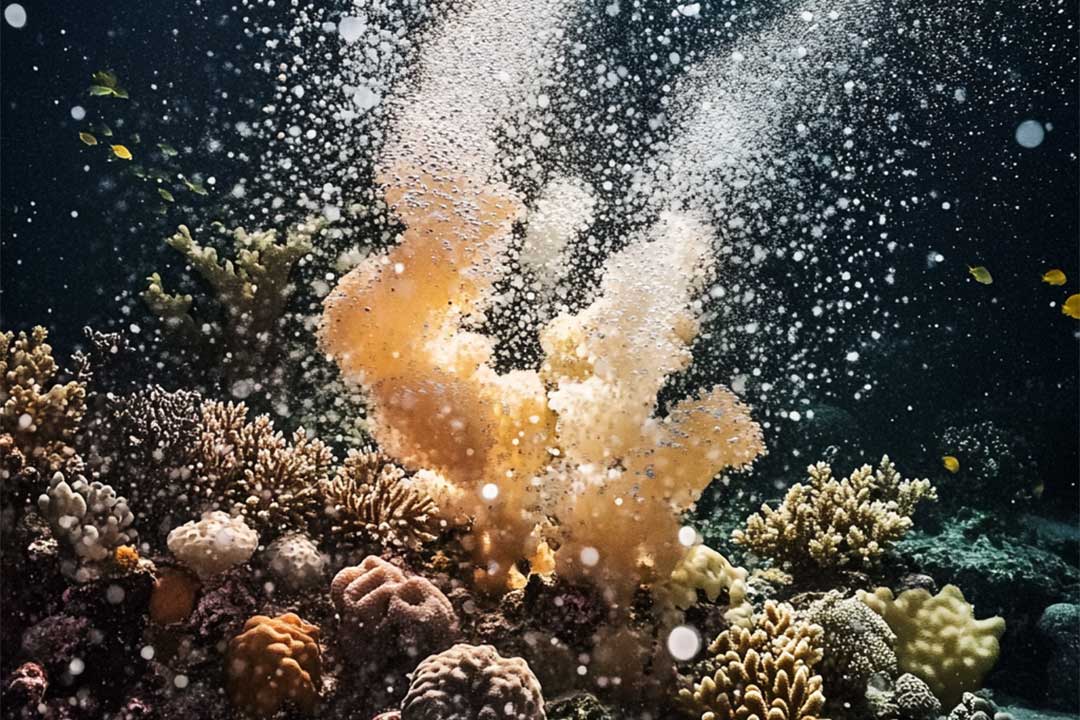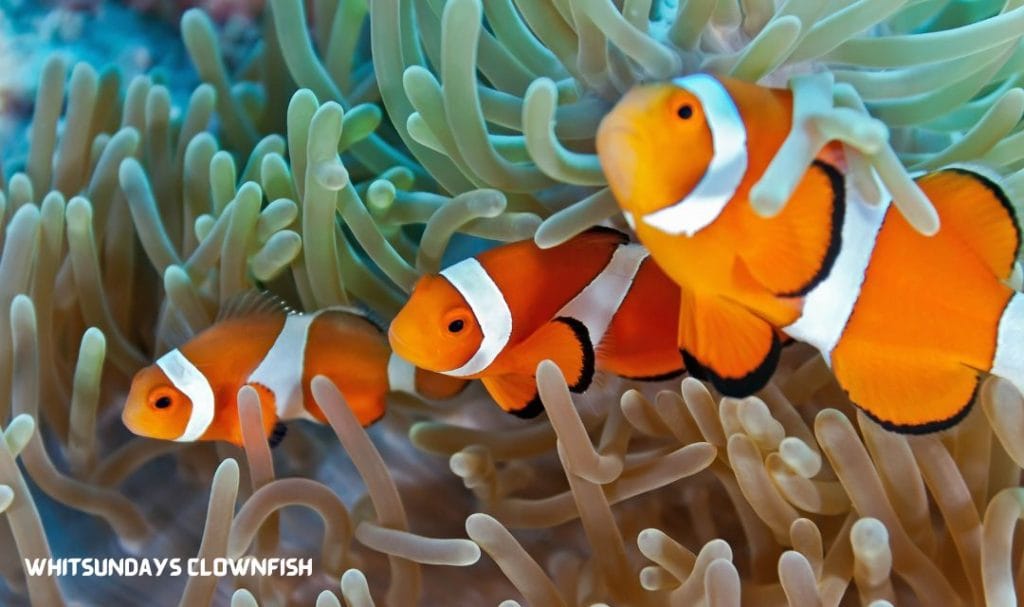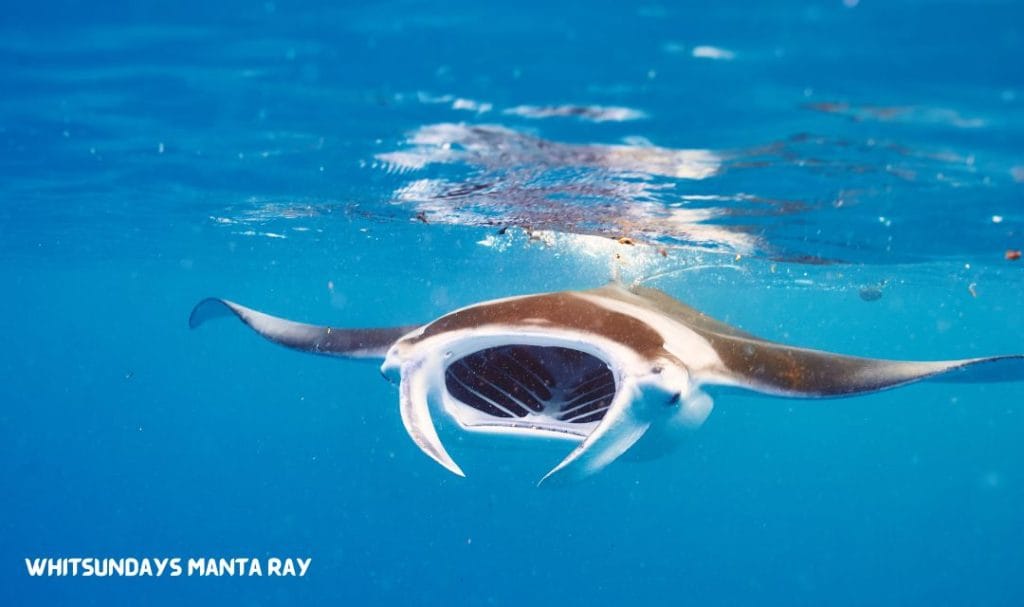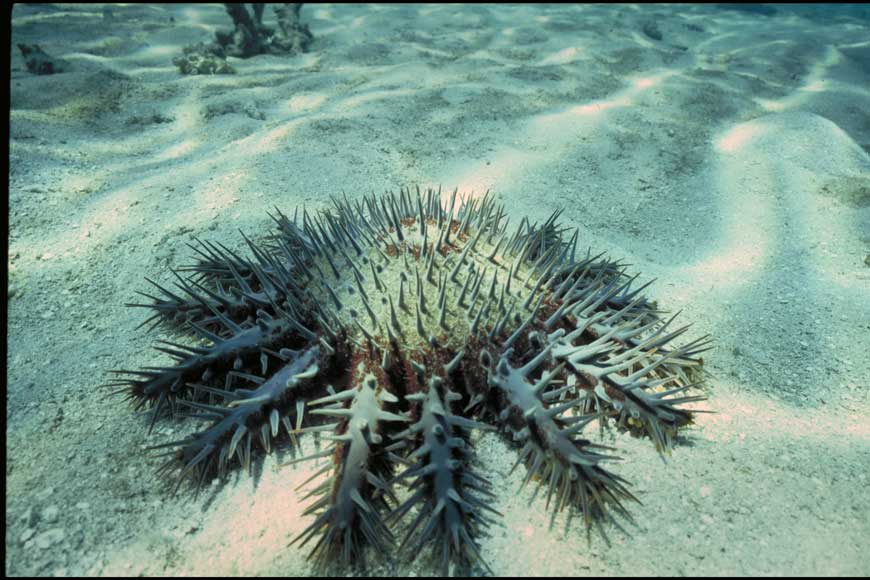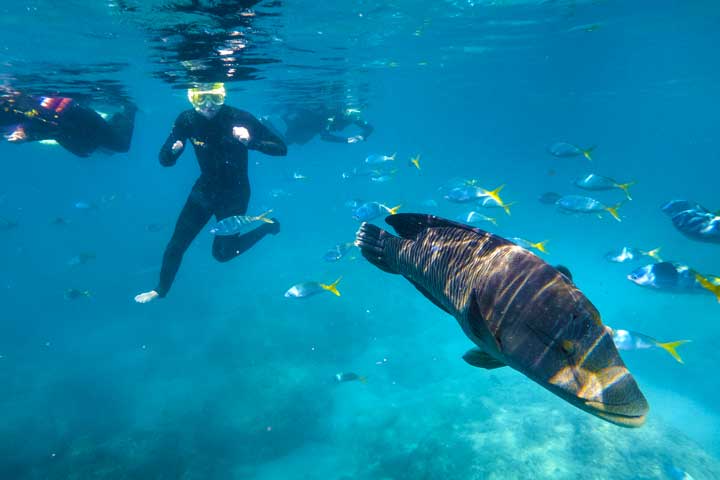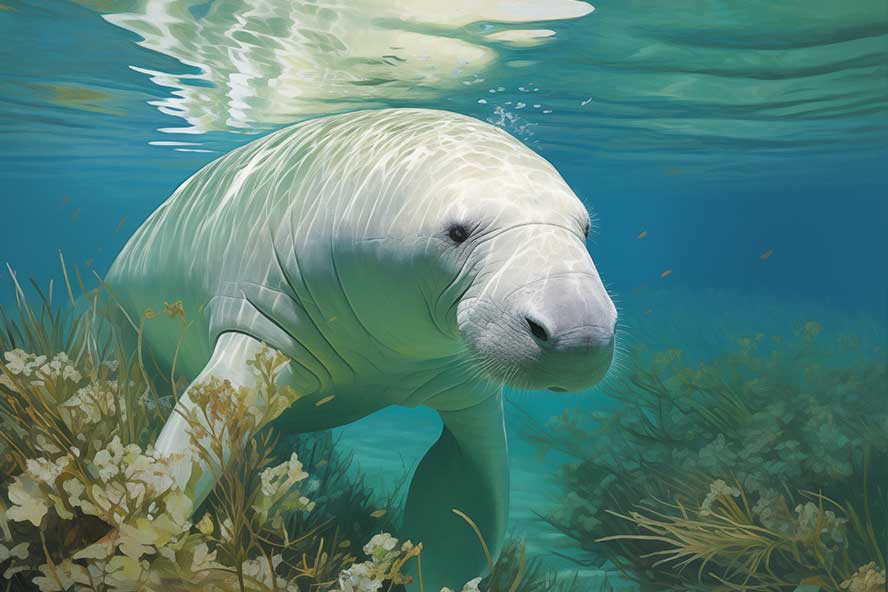Conway National Park
Nestled along the stunning Whitsunday coastline, Conway National Park offers an escape into a world of rainforest-clad hills, secluded beaches, and panoramic views of the Whitsunday Islands. This park is a sanctuary for nature lovers and adventurers, featuring some of the largest lowland rainforests in Queensland outside the tropical north. Whether you’re interested in hiking, camping, or simply relaxing amidst nature, Conway National Park has something for everyone.
Location & How to Get There
Conway National Park is located on the central Queensland coast, about 30km east of Proserpine, and spans 75km of coastline along the Cape Conway peninsula. To reach the park:
- From Airlie Beach, follow Shute Harbour Road southeast for 7km to the Conway day-use area or continue further to access other trailheads.
- Turn left from Shute Harbour Road onto Brandy Creek Road for highland trails leading to the national park.
Access to the park’s southern end is also possible by boat, with restrictions applying. Contact the Great Barrier Reef Marine Park Authority for more details on boating guidelines.
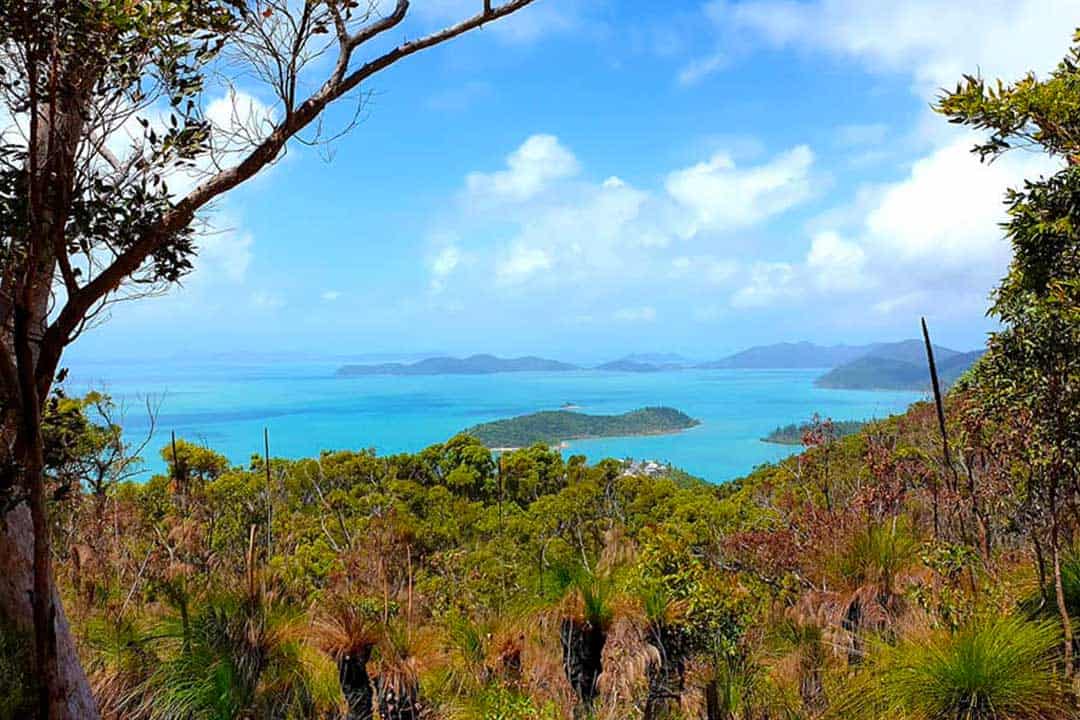
Explore Conway Walks and Cycling Trails
Conway National Park offers various trails for hikers and mountain bikers, from gentle walks to challenging multi-day treks. The Conway Range trail is the longest and most adventurous, deep in the ancient rainforest. Shorter walks, such as the Kingfisher Walk and Coral Beach Walk, provide spectacular views and an immersive experience of the park’s park ecosystems.
Conway Range Trail
- Distance: 27.1km (one-way)
- Time: 3 days hiking or 4 hours cycling for fit, experienced riders
- Features: Palm valleys, creek crossings, and panoramic lookouts over the Whitsundays.
Kingfisher Walk
- Distance: 2km return
- Time: 40 minutes walking
- Features: Rainforest walks with giant tulip oaks and strangler figs.
Honeyeater Lookout
- Distance: 3.6km return
- Time: 1.5 hours walking
- Features: Stunning lookout over Pioneer Bay and the Whitsunday Islands.
Explore the Conway trails map (PDF) for a full list of trails, including grades and times.
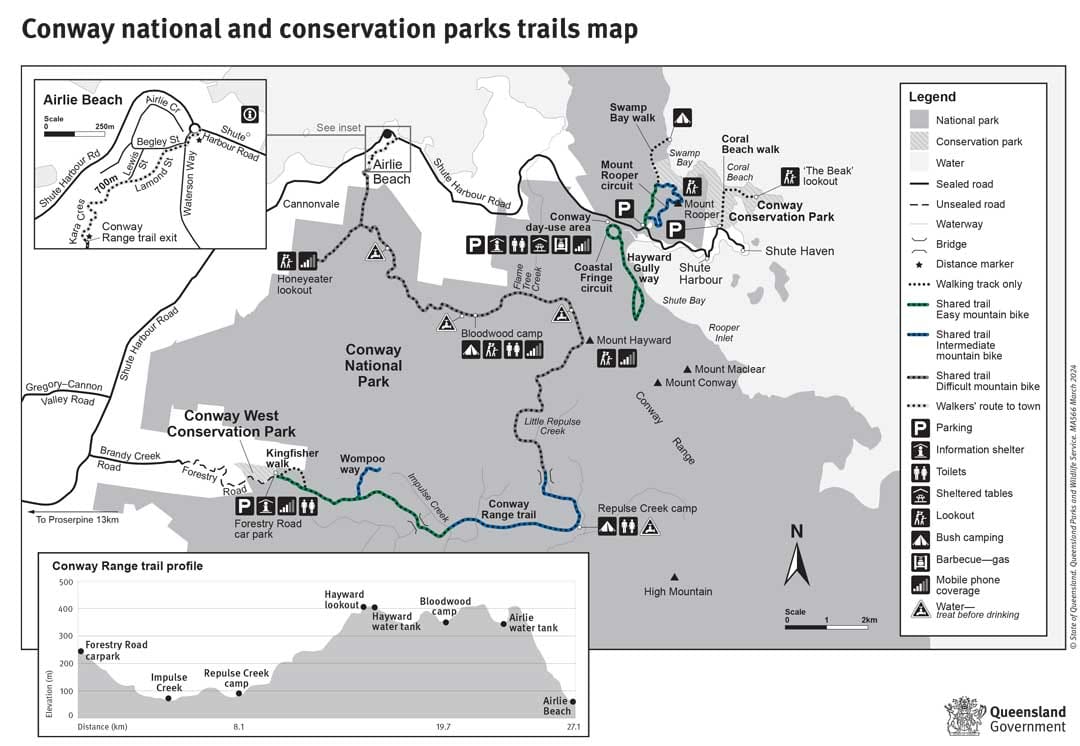
Map of Conway National Park and Conway Conservation Park facilities, walking tracks, shared trails, camping.
Camping in Conway National Park
There are three designated hike-in camping areas within the park. Whether you are along the Conway Range or seeking solitude on the coastline, the park offers unique, secluded camping spots. Swamp Bay camping area is accessible by foot, kayak, or boat, while Repulse Creek and Bloodwood are ideal for overnight hikers or cyclists exploring the inland trails.
Swamp Bay Camping Area
- Access: On foot or by kayak
- Facilities: None—campers must bring all supplies and remove waste.
Repulse Creek and Bloodwood Camping Areas
- Access: Hike or cycle along the Conway Range trail.
- Facilities: Toilets are available at both sites; no showers or picnic tables exist.
Camping permits are required, and booking well in advance is recommended, especially during peak seasons.
Other Activities in Conway National Park
Boating and Kayaking
Explore Conway’s bays by kayak or boat, with access depending on tides and weather conditions. Stay Shark-Savvy and Be Crocodile-Wise in Croc Country, as marine stingers and estuarine crocodiles are known to inhabit the coastal waters.
Fishing
Conway National Park’s waters are part of the Great Barrier Reef Marine Park, offering excellent fishing opportunities. Be mindful of marine park zoning regulations and fishing limits to protect this World Heritage Area.
Picnicking and Day-Use Areas
Relax at the Conway day-use area, which features picnic tables, electric barbecues, and toilets. The Coastal Fringe circuit trail starts here, offering a quick, scenic loop through the lowland rainforest.
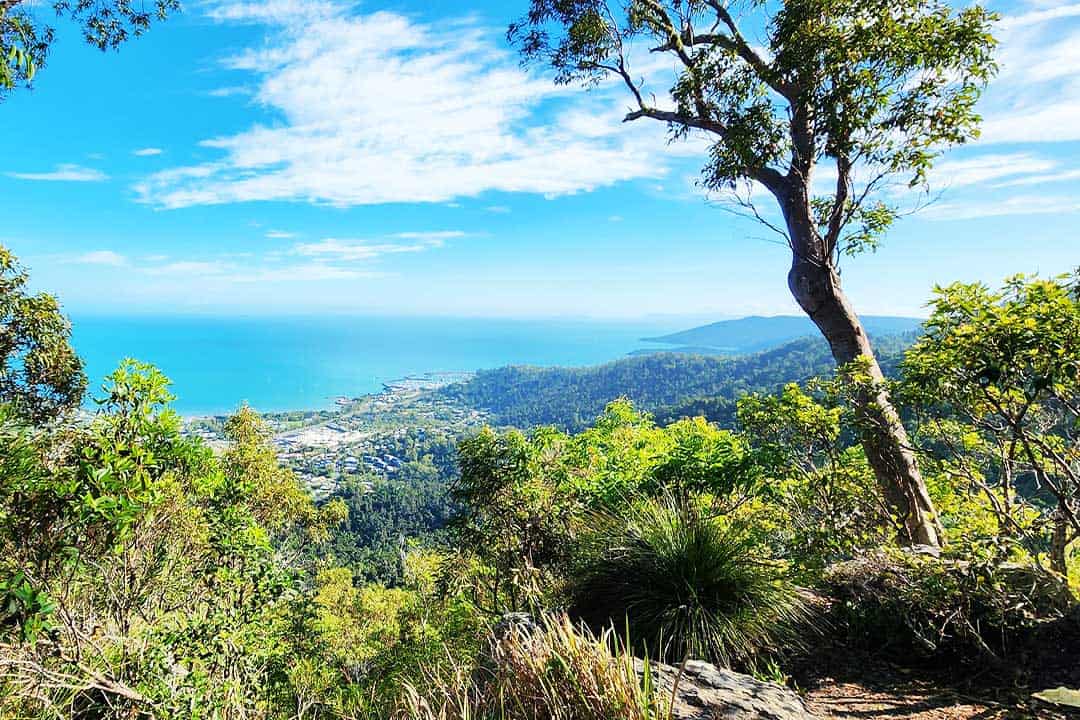
Wildlife Watching in Conway National Park
Conway National Park is home to a remarkable array of wildlife, including several species unique to the region. Keep an eye out for:
- Emerald doves, brush turkeys, and sulphur-crested cockatoos during the day.
- Proserpine rock wallabies are found in rocky areas near the park’s southern end.
- Buff-breasted paradise kingfishers migrate from Papua New Guinea to nest in the rainforest annually from November to March.
- The rare Phyllurus ossa leaf-tail gecko is found only in this area and nearby Clarke Range.
Staying Safe
Being well-prepared is essential before embarking on any adventure in Conway National Park. Follow these guidelines to ensure a safe visit:
- Plan your route and inform someone of your itinerary.
- Carry plenty of water, food, and communication equipment such as satellite phones or Personal Locator Beacons.
- Check weather conditions and park alerts before setting out. Be aware of the risks posed by extreme weather, particularly during Queensland‘s wet season.
- Watch for wildlife, such as snakes, stinging plants, and insects.
- Stay on designated trails to avoid damaging the environment and for your safety.
Protecting Conways Heritage
Conway National Park is part of a park network that protects Queensland’s beauty. This area holds special cultural significance for the Gia and Ngaro Peoples, and visitors are encouraged to respect the traditional custodians of this land. To help preserve this wilderness for future generations, follow Leave No Trace principles:
- Camp only at designated sites.
- Remove all rubbish—bins are not provided.
- Keep to marked trails to avoid erosion and habitat disturbance.
- Fires are prohibited—bring a fuel stove for cooking.
Plan Your Adventure
Whether you’re drawn to rainforest exploration, panoramic coastal vistas, or remote camping under the stars, Conway National Park promises an unforgettable experience. Book your camping permit online, download the Conway trails map, and get ready to immerse yourself in one of Queensland’s spectacular natural destinations.
Dryander National Park
Whitsundays National Park
Molle Islands National Park
Conway National Park FAQ
Where is Conway National Park located?
Conway National Park is situated on the central Queensland coast, approximately 30km east of Proserpine. It spans 75km of coastline, including the Cape Conway peninsula, and is close to Airlie Beach and Shute Harbour.
What activities can I do in Conway National Park?
You can enjoy a variety of activities, including hiking, mountain biking, camping, boating, and wildlife watching. The park offers trails for all fitness levels, from short walks to challenging overnight hikes.
Do I need a permit to camp in Conway National Park?
Yes, you must obtain a camping permit to stay at the designated camping areas, including Swamp Bay, Repulse Creek, and Bloodwood. Permits should be booked in advance, and fees apply.
Are there picnic facilities in the park?
Yes, the Conway day-use area offers picnic tables, electric barbecues, and a shelter shed. It’s a great spot to relax and start exploring nearby trails like the Coastal Fringe circuit.
What wildlife can I expect to see in Conway National Park?
Conway National Park is home to unique wildlife, including brush-turkeys, sulphur-crested cockatoos, and the rare Proserpine rock-wallaby. You may also spot Ulysses butterflies or hear the call of the buff-breasted paradise-kingfisher during its nesting season.
Hi, I’m Nath J, a long-time local who’s been lucky enough to live and work tourism in the Whitsundays since 2001.
Over the past two decades, I’ve helped visitors discover the best of this incredible region, from Whitehaven Beach and Hill Inlet to the hidden spots only locals know about. I started out managing boats and tours, and these days I run Ripple Effect Online, a tourism-focused digital marketing business helping local operators grow and connect with travellers like you.
I’ve written an ebook called Whitsunday Islands: A Journey through Paradise, created countless local travel guides, and earned recognition as a “Whitsundays Tourism Hero” from QTIC for my contribution to the region and gained First Nations Cultural Protocol training through QTIC as well. But more importantly, I’ve spent years listening to travellers, understanding what makes a trip unforgettable, and helping people plan the kind of experience they’ll talk about for years.
If you’re planning a visit to Whitehaven Beach or anywhere in the Whitsundays, I’m here to help you make it amazing.
Find me on Facebook and LinkedIn or drop me an email at info@nath-j.au.

